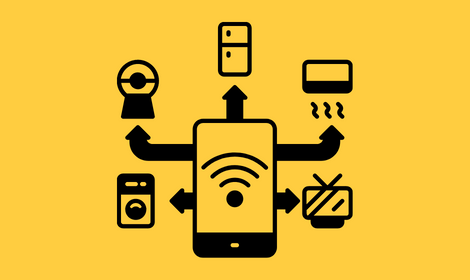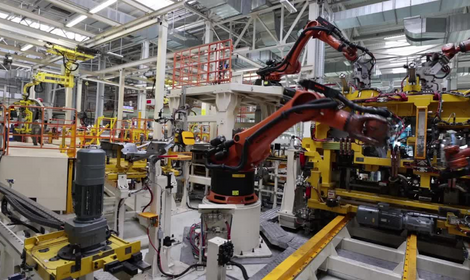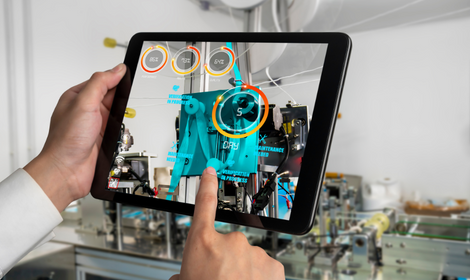Connected Devices
When connected devices are properly managed, businesses may benefit significantly from better decision-making utilizing reliable and accurate data, increased cost and energy efficiency, and improved safety and security thanks to real-time tracking and monitoring. Connected gadgets, for instance, present significant potential for new business models and revenue-generating opportunities as part of the IoT.
Highlights
Smart Cameras
IoT devices improved with cutting-edge computer vision technology can enhance the performance of cities, helping to manage resources, boost mobility, and benefit inhabitants' health and safety. Through significant improvements in computation, image processing, security, and machine learning (ML) capabilities, Hansvl is driving the expansion of smart cameras and the various use cases they enable across sectors and markets.Storage
Hard disc drives (HDDs), consumer-grade solid-state drives (SSDs), and enterprise-grade solid-state drives are just a few of the storage applications that are powered by Hansvl (eSSDs). It is crucial for storage devices to be constructed on a dependable, secure, and effective platform, given how the IoT and digitalization are causing larger datasets and more complicated workloads.Industrial Solutions
Robotics, automation, and the industrial internet of things (IIoT) have seen advancements due to industrial modernization and the move to smart production. Our customers can work seamlessly across a single architecture from the sensor to the cloud with Hansvl's scalable solutions and robust partner ecosystem while meeting various performance, real-time, functional safety, and security objectives.Smart Homes
Gadgets that range from smart TVs and set-top boxes to thermostats and lights combine simple sensor technology with advanced CPU and graphics IP to improve the comfort and convenience of the home computing experience. Hansvl provides software development tools and scalable, compatible IP devices that allow manufacturers the freedom to design smart home systems at a reasonable cost.Smart Manufacturing
A Smart Manufacturing system consists of various technologies and solutions implemented in the manufacturing ecosystem to create an intelligent manufacturing system. Making the production process efficient, transparent, and flexible can be achieved through data analysis.
Features and Benefits
Productivity and Efficiency
By examining the performance of a plant and understanding how it operates, scheduling and maintenance can be more efficient, resulting in fewer downtimes and higher productivity.Ability to Make Changes
Flexibility is afforded by smart manufacturing when it can respond quickly to changes in customer demand, reduce operational costs, and accommodate new business verticals. Advanced sensors technology automatically identifies fluctuating manufacturing demand, enabling a rapid supply chain response.Enhanced Working Life
It is unlikely that intelligent manufacturing will progress to fully autonomous manufacturing by robots. It will be necessary for humans to remain in-house to do jobs that require reasoning skills or human touch. By doing so, humans in production facilities will have an easier time performing mundane tasks and have various work opportunities.Safety Enhancement
A company can gather detailed information about employees, machines, and the company using intelligent automation to form an all-encompassing data set to increase productivity and safety overall.Cost Reduction and Enhanced Productivity
Integrating operations and enterprise systems can help reduce costs in two ways: by eliminating waste and improving forecast accuracy. Besides giving manufacturers a better understanding of inventory levels, delivery status, and demand cycles, smart manufacturing can also reduce the cost of redundant inventory.Predictive Maintenance
In addition to connecting the unconnected, a larger computer resource at the edge of the network will enable businesses to converge and virtualize critical workloads. The feature will also lay the foundation for integrating IoT into manufacturing. Software-defined infrastructures can now be easily created and updated to manage and optimize machine controls in discrete and process manufacturing.Smart Products
The concept of intelligent or connected products refers to electronic devices interconnected with the internet. It allows them to exchange data about themselves, their environment, and their users. Automobiles, industrial equipment, medical devices, and even packaging for motor vehicles can benefit from tracking their location and condition. It can offer better support by monitoring and optimizing usage, providing intelligence about health status or location, and predicting/preventing service failures by anticipating issues.



